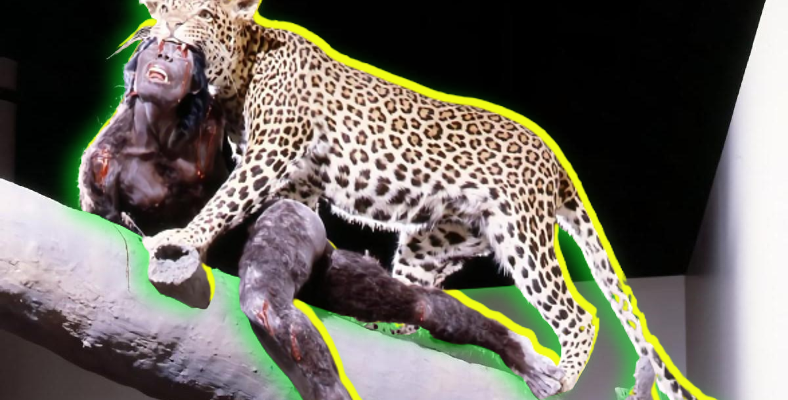Have you ever wondered what causes led to the death of the first people who lived thousands or even millions of years before us, different from our current life and ways of dying?
Researchers continue to study the daily lives and ways of death of early humans, and at this point their the geography they live in, their diet, physical structure and especially the remains of their bodies plays an important role in these studies.
5 ancient people whose deaths could be determined with various findings, unusual ways of dying Let’s take a closer look.
The first of these is “Turkana boy (Homo ergaster)”.
Known to have lived in Africa about 1.5 million years ago, Turkana died at a young age, but scientists could decipher his death. in the first place bones in his skeleton examined and no trace of any predator was found.
The only thing that can be identified of Turkana, whose bones are all intact, it was quirks in the jawbone. One of her milk teeth was missing, which was a clear indication of a gum condition called “Gingivitis”. According to research, this person, known to have lived in Kenya, was infected by his illness and died, possibly from blood poisoning.
Another of the first people to die of gum disease is “Kabwe”.
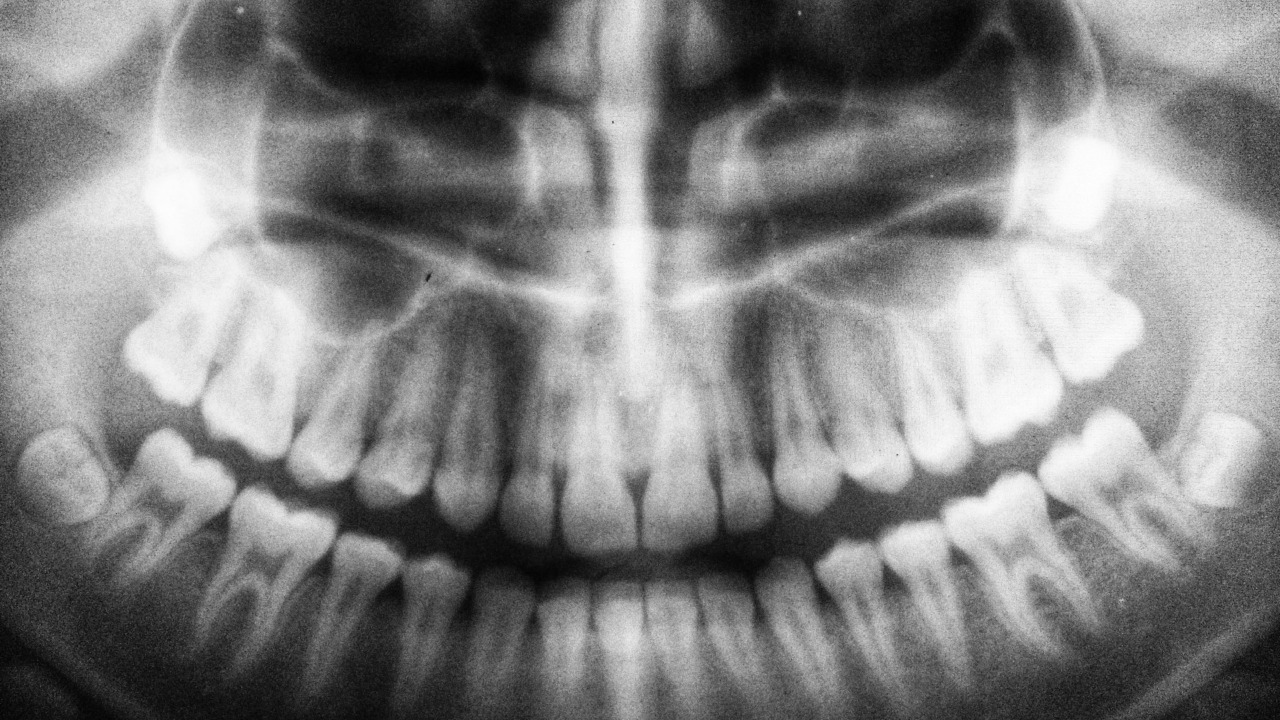
It is a visual representation
Kabwe lived about 400,000 years ago and struggled with gum disease, in addition to severe dental cavities. This person’s skull is affected by the jawbone where the teeth are embedded. multiple dental cavities and abscesses he had.
What makes Kabwe as extraordinary as the Turkana boy is, ancient people rarely had oral and dental problems. Because until the beginning of agriculture, about 10 thousand years ago, the food of the first people was very limited and the possibility of eating sugar was very low.
A woman known as “KNM-ER 1808 (Homo ergaster)” had suffered from vitamin A poisoning.
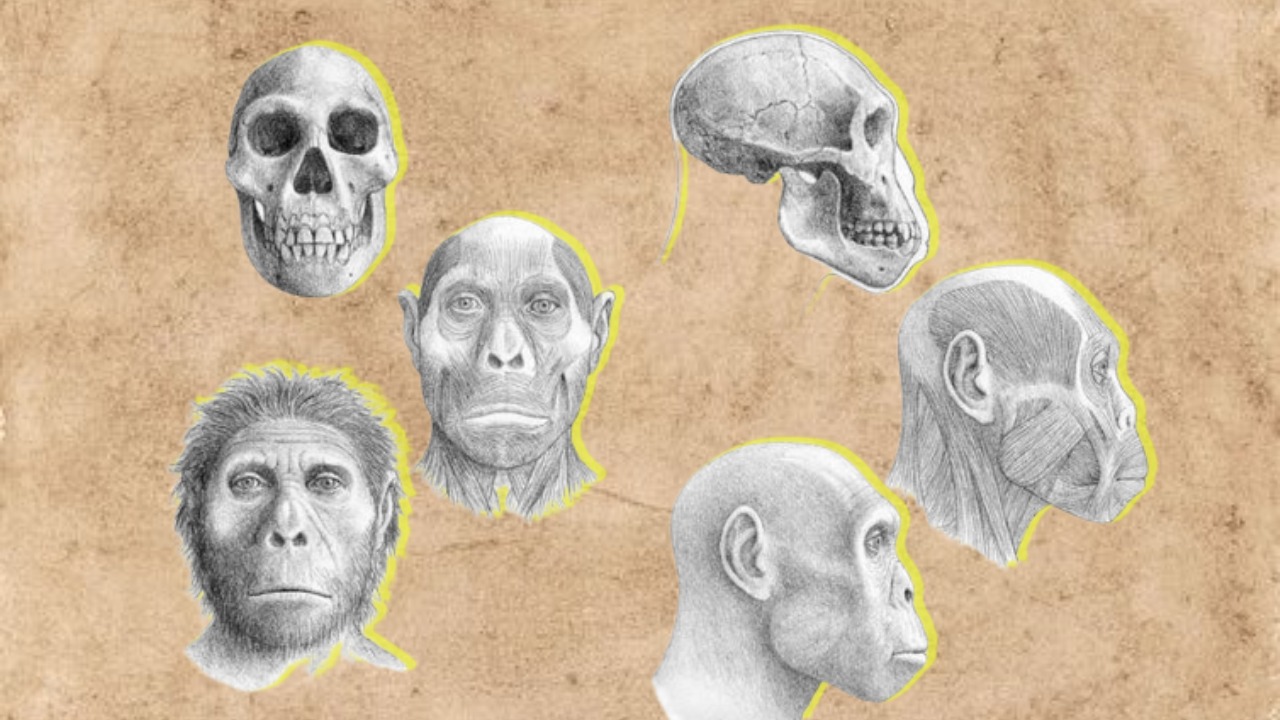
KNM-ER 1808, who died painfully about 1.7 million years ago, had an unusual bony swelling covering his arm and leg bones. This abnormal condition of the woman whose skeleton was found in 1973, as it is now Vitamin A poisoning it was a sign.
Excessive consumption of vitamin A in the diet causes the tissues around the bone to bleed, rupture and form large clots. And then, just like this woman bone tissue begins to grow abnormally.
Although there are eggs, larvae and pupae in foods with high vitamin A; Analysis of the KNM-ER 1808’s teeth shows that it mainly feeds on meat. So there is a very high probability that this person has been poisoned, from consuming the livers of carnivorous animals in large quantities was due.
Next up is the “Taung boy” hunted by an eagle.
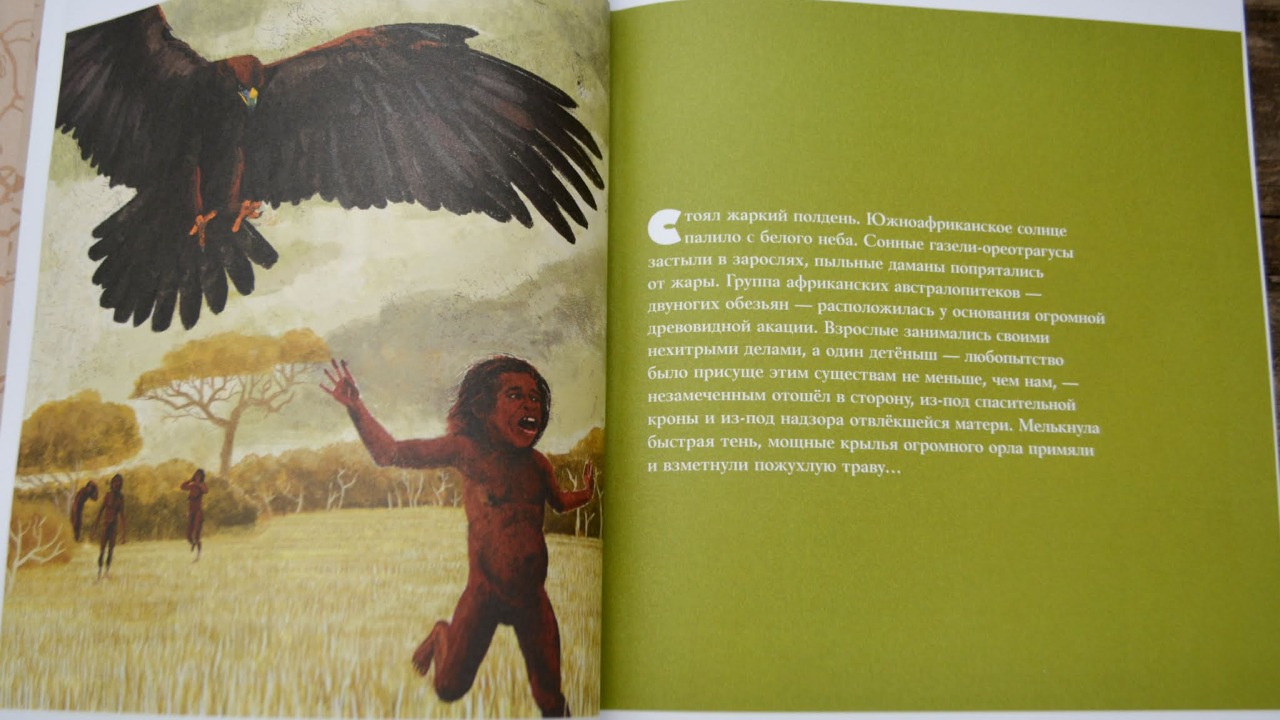
Hunted by an eagle 2.3 million years ago, the Taung boy (Australopithecus africanus) was only three years old when it was attacked. The reason for this determination is was the presence of puncture marks on the boy’s skull. It is also known that these traces are generally seen in eagle hunts today.
An unidentified young individual, on the other hand, had a meal of the leopard.
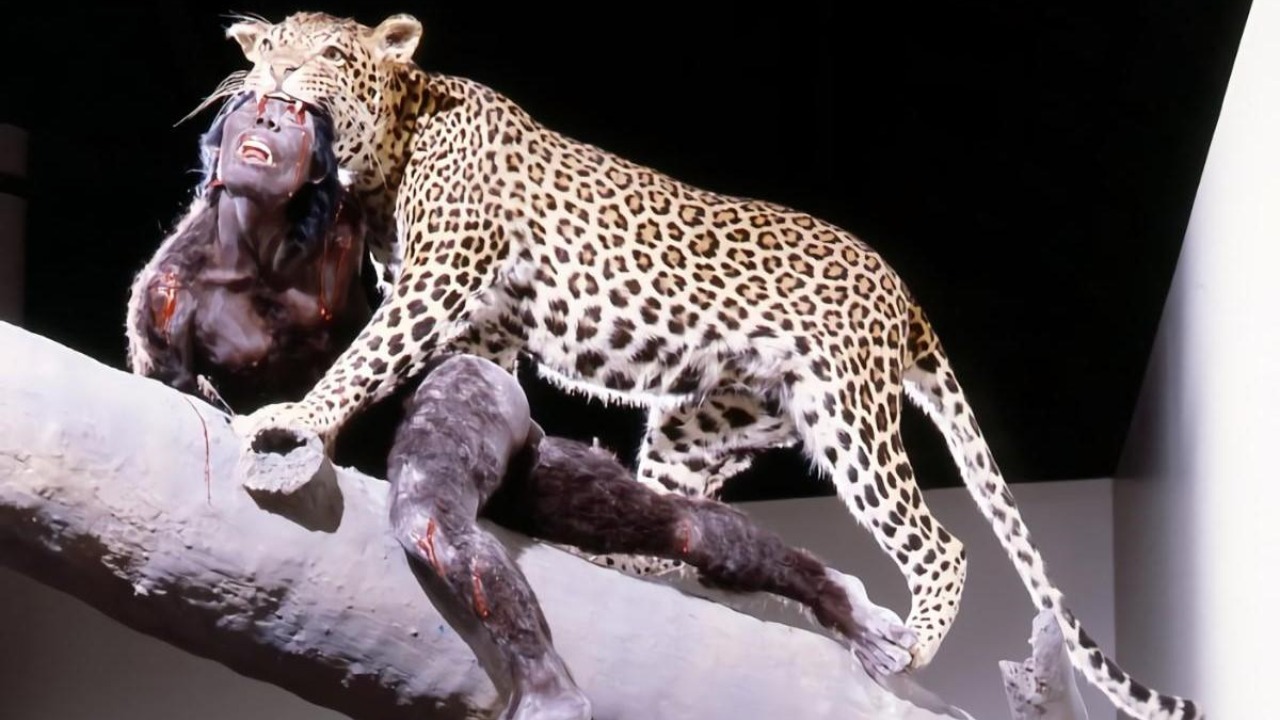
A Paranthropus fossil (SK 54), about 2 million years old, led to some interesting information about one of these ancient humans. this person The upper part of the skull was pierced and had two small round holes. he had.
Surprisingly, these holes exactly matched to the canine teeth of an ancient leopard species it was. According to estimates, this ancient human, who was thought to be still in adolescence, was caught and carried to a tree to be eaten by the leopard, and there it was eaten by the leopard.
RELATED NEWS
Interesting Ancient Creatures Unearthed From Under the Frozen Soils in Siberia
RELATED NEWS
